Most of us realize that the abuse of young children is cruel and heartbreaking, and can scar their emotions. This is especially true of girls. But there’s more to it….
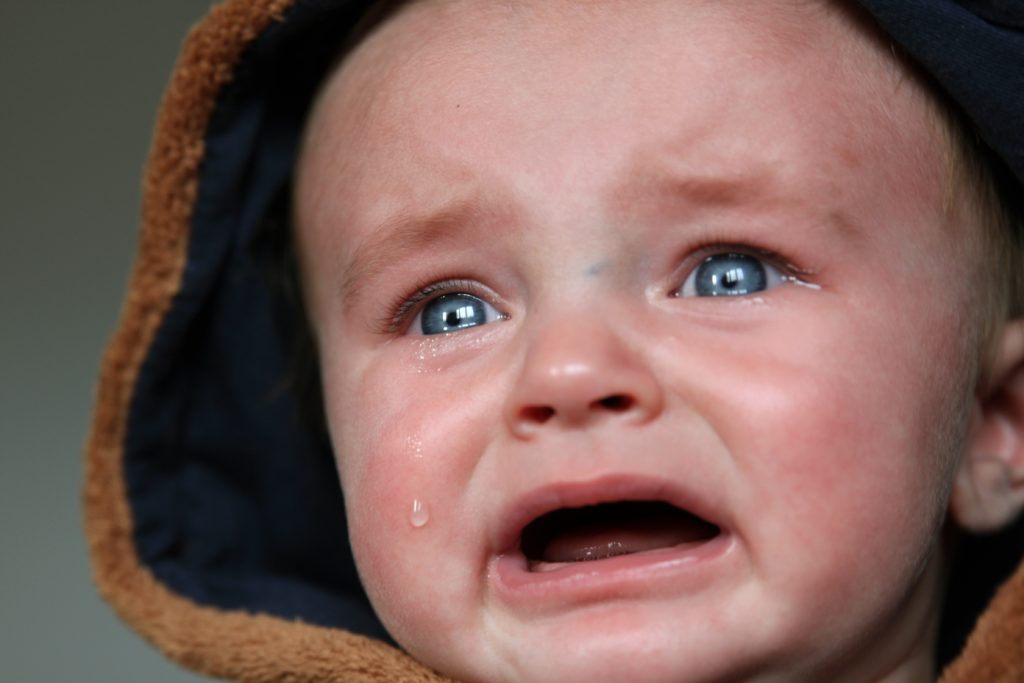
Childhood abuse alters girls’ development of the connections between neurons in the hippocampus, prefrontal cortex, the parietal cortex, and insular cortex …all important parts of your brain associated with processing emotion. These experiences, are not only hurtful for the child, but damaging. And the damage can last.
Take little 18 month-old Ava:
“Stop that!!”
The sound of a slap reverberates through the store, followed by a wail. Most shoppers stop and look around. Then, they spot an 18 month-old wailing. Her huge fat tears run down both her cheeks… one of which bears a blooming red mark.
“I said, we’ll eat when we get home!! Stop that right now or I’ll give you something to cry about!!!”
One experience like this is not what traumatizes Ava. It’s that this happens all the time, every day — sometimes more than once. At times, it’s more than a slap. Sometimes there are bruises. And little Ava doesn’t understand…
With all these incidents Ava endures, she learns to withdraw into herself. And to tell herself things that help her endure. And survive.
Because early childhood abuse alters a little girl’s brain development, and delays her emotional maturity.
As a teen, Ava turns out to exhibit a short temper, and seems to lack the skill to reason through conflict. She just starts yelling. Screaming. And reaches out in anger. She slams things down. She starts cutting herself long before anyone else ever teaches her how.
By the time she’s 32, she has no idea why she’s so miserable. Why people avoid her, or why she’s always fighting with them. She can’t remember ever feeling peaceful…or confident. Or like she had it together. And she doesn’t know why.
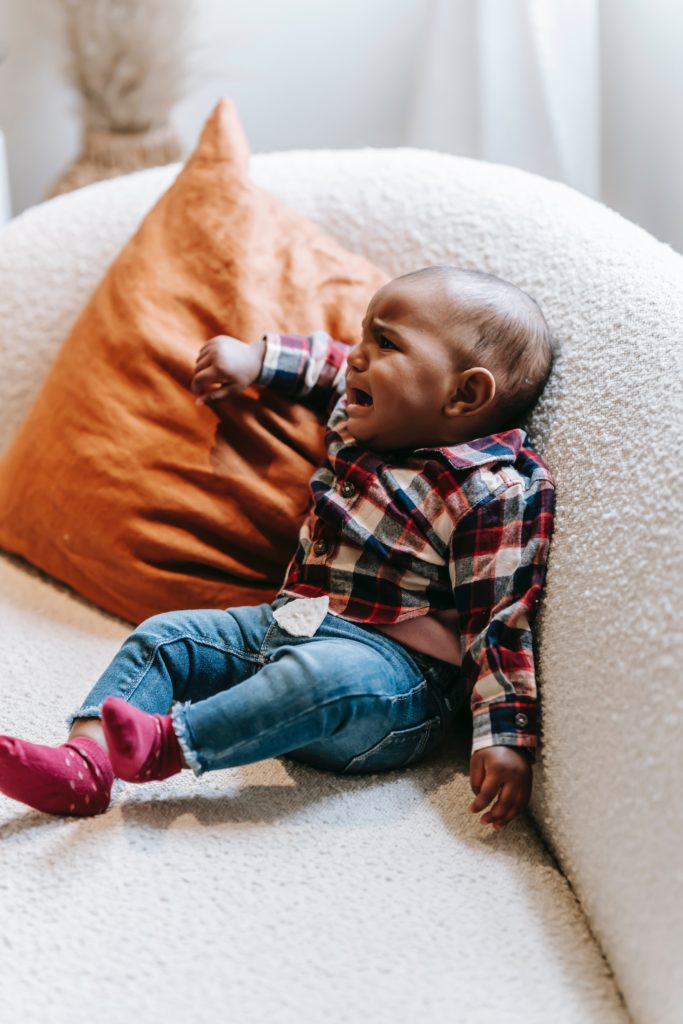
Many of us have witnessed scenes where a frustrated mom berates and slaps her child. And many of us have been in those scenes… as the child, or the sib, or the bystander. In public. Just imagine what happens in private.
Two thirds of children experience violence by age 16– they endure physical abuse, sexual abuse, or witness violence at home or in the community.
Two out of every 3 children. Think about it.
This is not about the wonderful, attentive nurturing and cooing that helps children grow and flourish.
This is just ugly. When a scenario like this one happens with an 8 year-old, maybe you wonder… why is she pushing the envelope at her age? Maybe she best knows getting yelled at? Or always slapped? Does her parent think they’re “teaching her a lesson?”
But then you see an 18 month-old crying sorrowfully, after a sound slap. You think, this child is too young to be “taught a lesson” in a department store. (For Pete’s sake!) The look in her eyes conveys hurt and confusion. But not rebellion.
Have you ever heard a mother scold a baby, and say, “You know better than that!”
And you think…ummmm no…she doesn’t. She’s too little…
No, a newborn infant doesn’t understand harshness…and early childhood abuse alters parts of her brain and impair her ability to process emotions properly.
The same is true of a 2 year-old. If she’s crying incessantly, your gut says she needs something. She’s not rebelling. She’s relying on his caregivers to meet his needs.
So when a parent swats a 2 year-old and yells…the parent is traumatizing this toddler. She’s finding out the world is not a very safe place. Maybe she just feels hungry (or tired) and is signalling that. She doesn’t understand why she receives pain instead of nourishment.
Here’s another scenario: a 7 year-old girl only wants to be loved, supported, and protected by her parents or caregivers. However, sometimes caregivers hold motivation for things within themselves that ignore her need for safety.
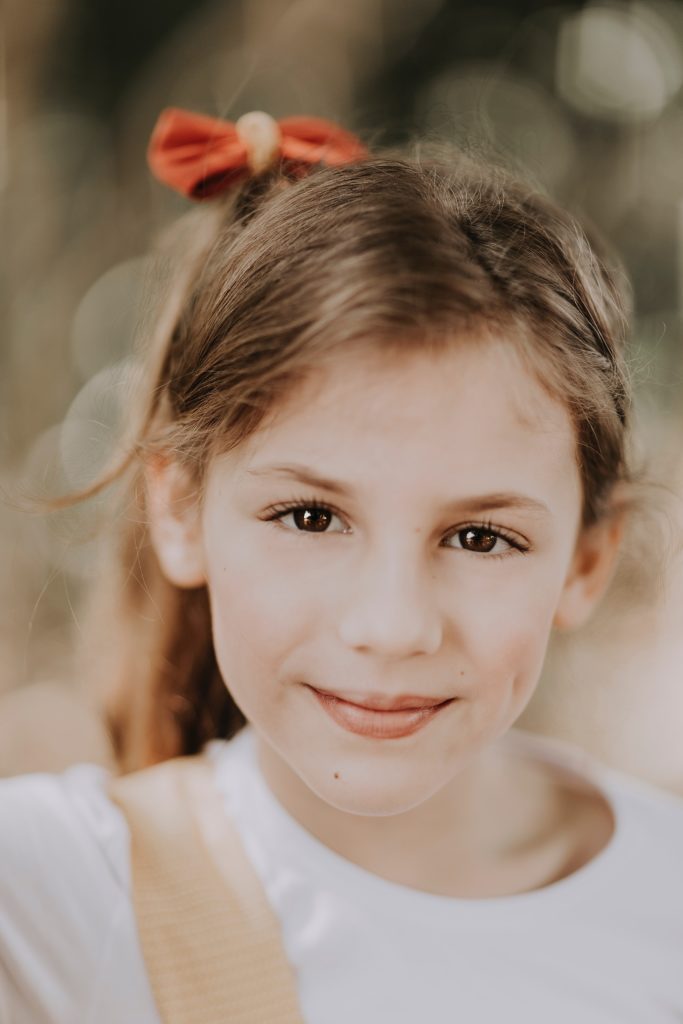
Sometimes, parents, uncles, cousins, or neighbors find opportunities to cause her harm, and warn her to “not tell”…This leaves her hurt, confused, and afraid.
When abuses like these take place, she is susceptible to altered development in her brain — and to psychiatric disorders later.
Some people don’t understand the difference between discipline and abuse. (Really, you ask? I ask that, too.) Other people don’t care to even learn– they just vent frustrations on their kids.
A human person — a little human person who is a child — is a delicate organism and requires gentleness, love, and care to grow and develop well. However, some children don’t get that…. instead they get served a slap, a scream, or sometimes torture, and confusion.
And that causes damage.
Quite often the victim of abuse morphs to the abuser herself.
When an innocent child is subject to hurt, abuse, and injury, there can be serious fallout. Instead of fostering confidence, the abuse causes scars she may never get over.
But what’s the story with those scars? What’s the nature of them? How do they affect the child as she grows?
A paper published in the American Journal of Psychiatry took a closer look at girls who were abused at a young age, and the effects on their brain development and the possible development of psychiatric symptoms.
The team studied 234 girls, ages 8 – 18. Some of these girls suffered no abuse as children and ended up with no psychiatric diagnosis. These were labeled “typically developing” for purposes of the study. (And honestly, every child has a right and a need to be in this category.)
Sadly, many are not.

Another group had been abused in childhood but had not acquired a psychiatric diagnosis by the time they were studied–but remember they were studied still as children or teens; they might not have had access to care because of their ages. They were labelled “resilient.” We talk about resilience often and it’s the power to rise up again after being knocked down. Every person needs it, but not all develop it.
And for these girls, it might be the wrong word to use, because could still develop psychiatric symptoms in a year or two, or more. Related to the abuse.
The third group of girls had been abused and did receive one or more psychiatric diagnoses. They were labeled “susceptible.” These are the ones whose scars from abuse were already showing while they were still children or teens. And who are likely to need help for their symptoms in order to live fully rewarding lives.
All of these girls were given MRI brain scans, and detailed medical and psychiatric histories were compiled. Their brain scans were correlated with the abuse, their symptoms and the severity of their symptoms… then analyzed using machine learning methods that generated information about the maturation of each girl’s brain, and compared the biological and structural changes in their brains to their chronological age. The gap between where they should have been and where they actually were is referred to as BrainAGE.
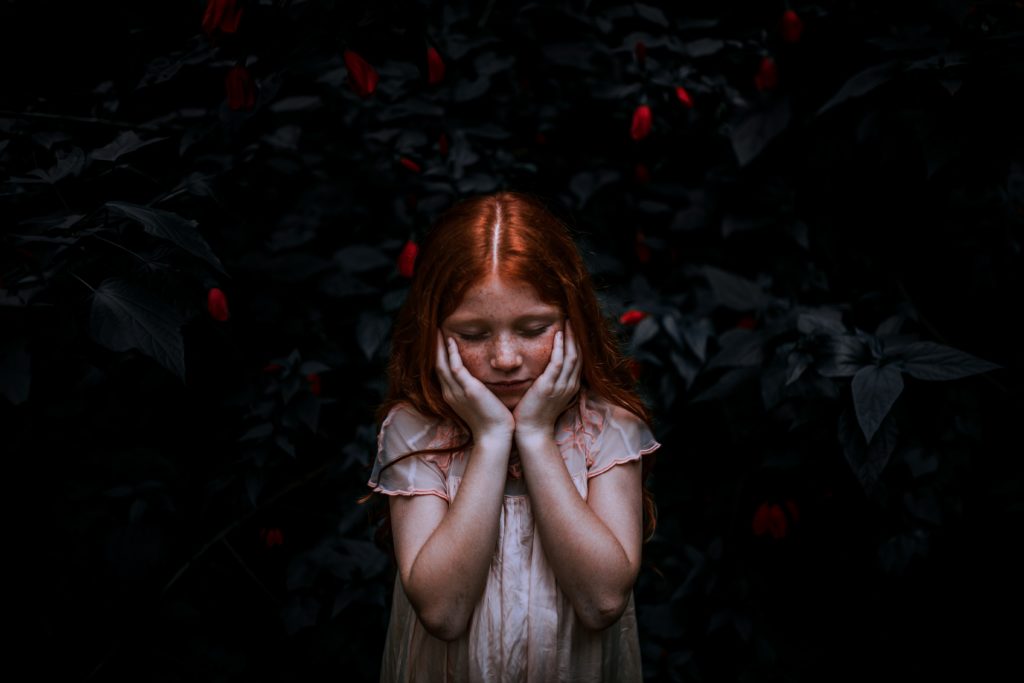
The BrainAGE calculation showed whether the maturing of the brain was advanced or delayed compared to where it would have been for the child’s age. They compared the BrainAGE of girls who had suffered physical abuse or neglect to girls who had never been abused.
Of those 85 girls who were “susceptible” 38 had an anxiety disorder, 59 had a depressive disorder, 56 had PTSD, and 62 had at least two of these disorders. That’s 72.9%.
That’s huge.
Here’s the most important thing: Abuse in a girl’s childhood (regardless of whether the girl was resilient or susceptible) was associated with delayed structural maturing of the brain.
But even more significant: This lack of maturing occurred in those neuron connections used in processing emotion.
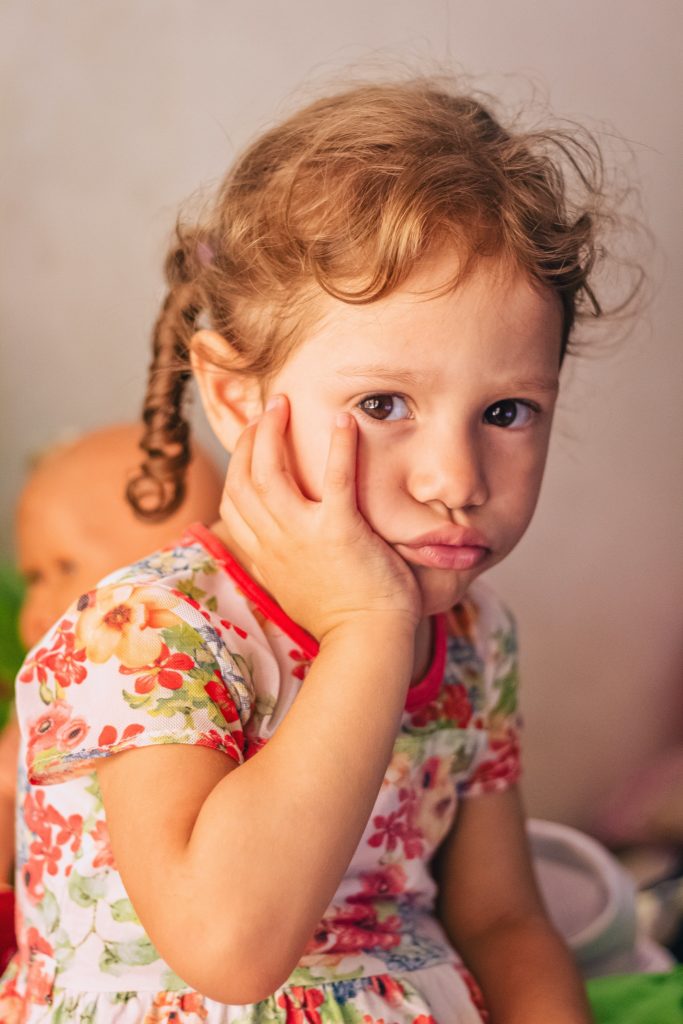
Childhood abuse alters a girl’s brain development and alter how a child will process emotions and emotional triggers. If you were a girl who suffered abuse early, wrap your arms around yourself. Take a slow breath.
Furthermore, the delayed maturing of those same neuronal connections occurred with a tendency for the girl to develop hyperarousal symptoms. Hyperarousal is often seen in PTSD and other anxiety states. It causes you to become hypervigilant, extremely sensitive, as well as distressed or even utterly disabled by whatever is happening in your environment (that may not even be a real threat).
There were more findings, but for our purposes here, it’s crucial to understand that if you’ve experienced trauma as a young child, and you feel you’re easily anxious, triggered or terrified, or others tell you that your reactions are extreme for the situation, there are reasons.
You may have had changes in your developing brain development where connections between brain cells have been altered, especially those connections involved in processing emotion.
So we have to ask, since early childhood abuse alters girls’ brains and delays emotional maturity and can result in things like PTSD … could this delayed development in certain neuronal connections respond to ketamine treatment?
Hmmm… That question hasn’t been answered. It hasn’t even been asked.
Since ketamine switches on mRNA which turns on DNA to turbo boost brain-derived-neurotrophic-factors (BDNF), the connections between the neurons in the emotion processing center can proliferate by leaps and bounds. Those restored connections, called synapses, can improve your ability to process fear, panic, and depression.

At Innovative Psychiatry, we see people every day who’ve lived through childhood abuse. They withstood it somehow. We see their deep pain, and the results of that pain in their lives and their behaviors. For those who suffer from extreme anxiety or PTSD, ketamine can be enormously effective. It’s not for everyone, of course. (There isn’t anything in medicine that always works for everyone.) But it may be able to offer you an opportunity to move beyond yourself and beyond your symptoms. It might offer you the opportunity for healing.
Wow. What would that be like?
Treatment happens in our gorgeous private treatment rooms–with skylights, windows, treetops, or cozy warm quietness. You’ll sink into lovely heated recliners where it’s zero-gravity floating relaxation… and you can bring a playlist with you on your iPad or phone. We monitor you carefully. We want you to be assured that you’re well taken care of.
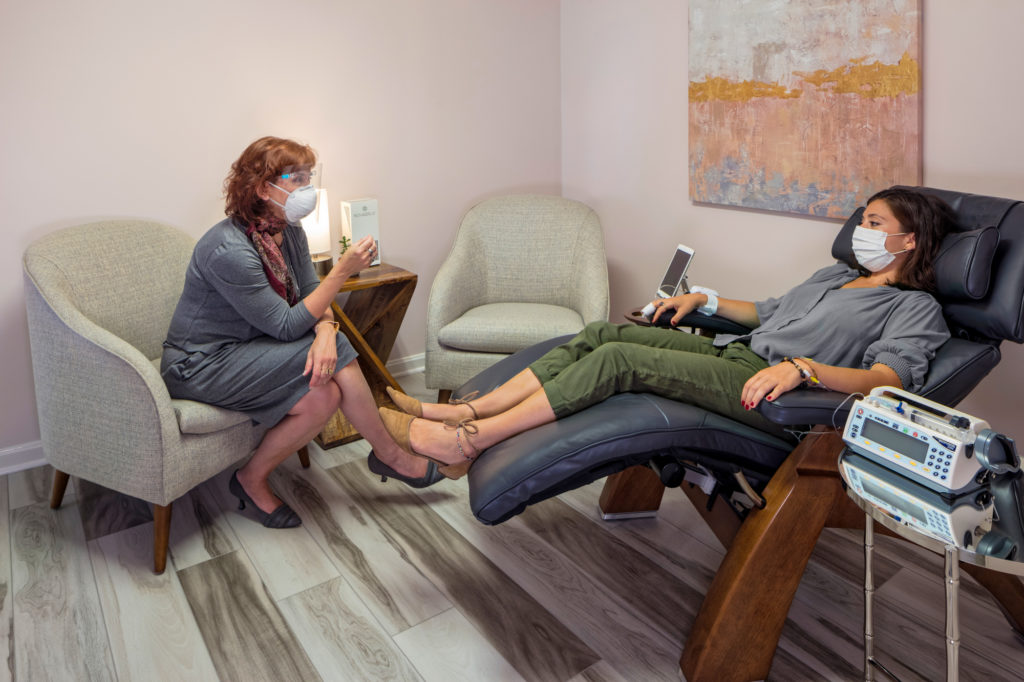
You also may notice a little gorgeous white box in your treatment room that says Novaerus on it. This is plasma cell technology developed by The Department of Defense and NASA. It seeks out and destroys the DNA in any little particles of bacteria, virus, or mold. This includes the delta variant (…and the mu and the new lambda variant that has entered the US).
So be confident that you can come and receive treatment and look forward to getting better. Even if you’ve known fear, it doesn’t live here.
And since early childhood abuse alters girls’ brains, if you’re that child, give yourself room to imagine what it would be like to feel better.
If you’ve struggled with PTSD, call us.
If you suffer from treatment resistant depression and nothing you’ve tried has helped, or bipolar depression, social anxiety, substance use, alcohol use disorders, suicidal thoughts, or anxiety that just doesn’t stop: call us.
Better days are ahead for you. Give yourself the best possible chance for better living.
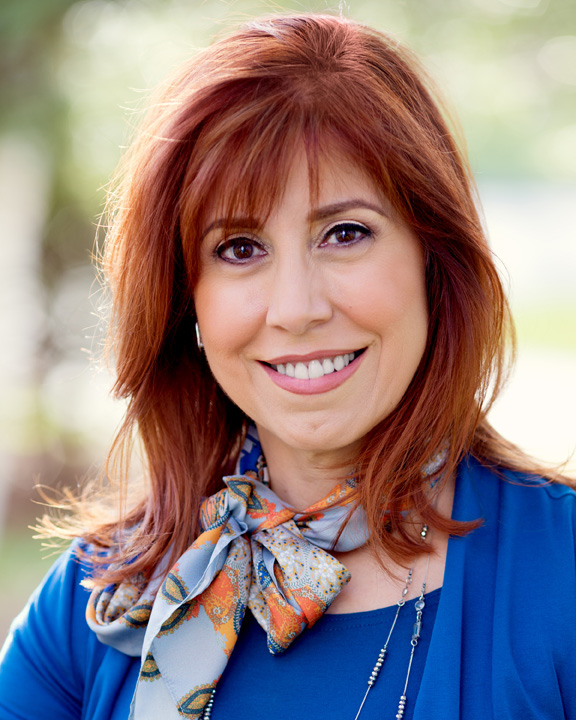
To the restoration of your best self,
